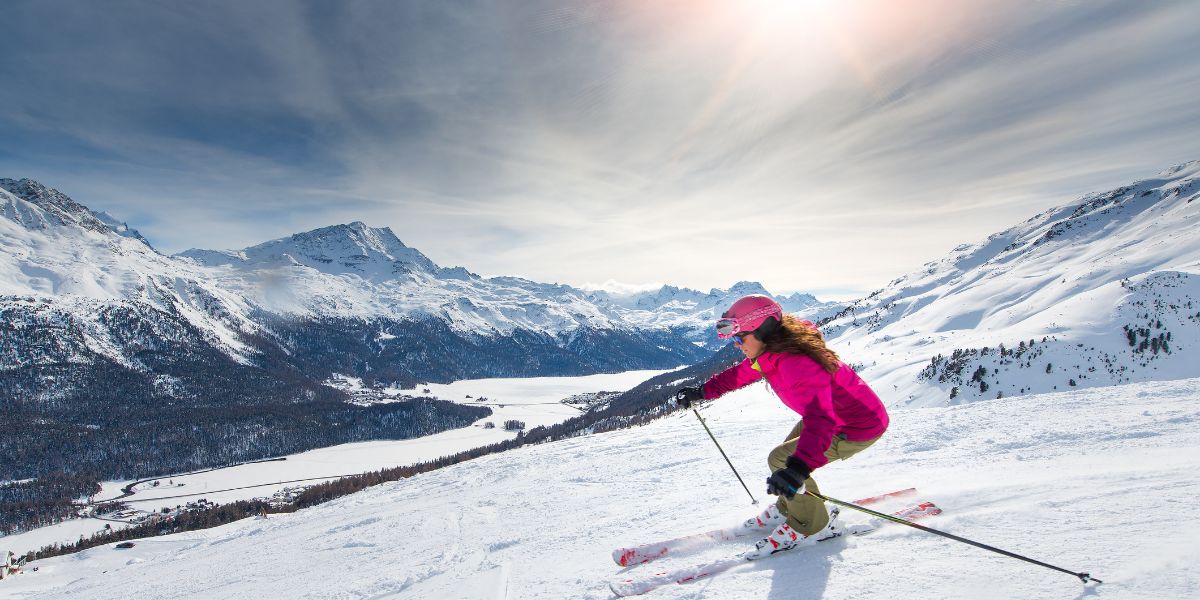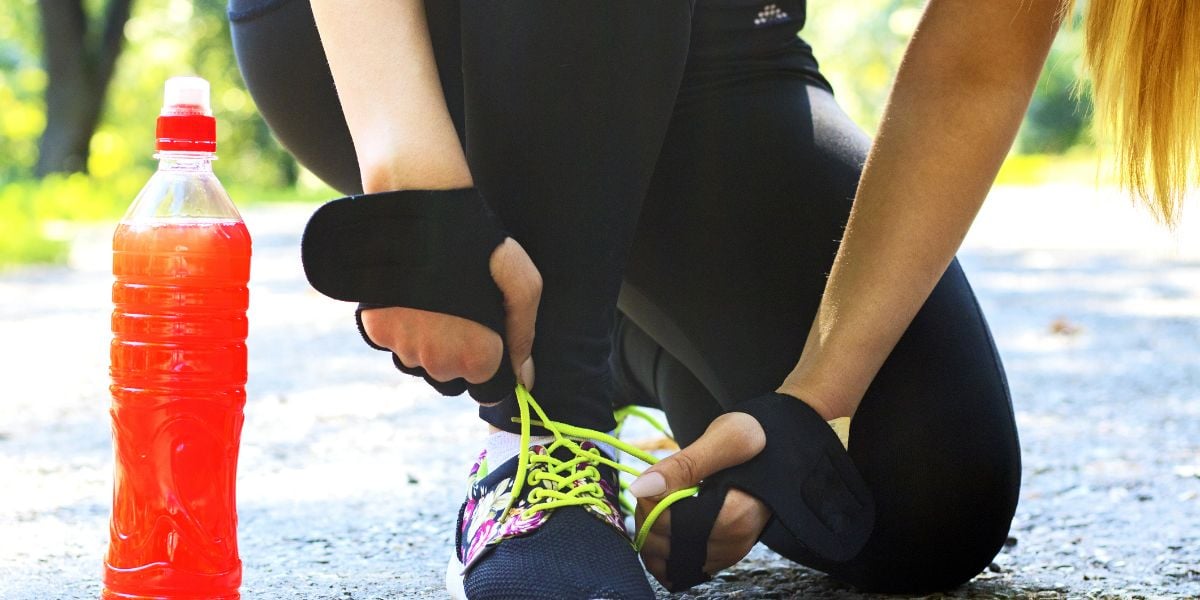Skiing generally requires medium to high anaerobic activity over a period of short durations, but good diabetes control can be achieved with the right preparation.
For regulars, skiing intensity may be enhanced, but for those with diabetes looking to ski as a one-off, there are some specific notes to be taken to assist in your management.
Celebrity skiers
Kris Freema, an American cross-country skier, has type 1 diabetes and competed in three Winter Olympics. He performs wearing a small, wireless insulin pump on his arm.
Skiing with diabetes
Blood sugar levels should be monitored frequently while skiing. Tests should be made before and after each event you participate in and glucose should be carried on you at all times.
One time especially to check your blood sugar is when getting on a chairlift. Having a hypoglycemic attack on a chairlift can be a frightening experience and you should not get on to one if you feel any symptoms of a hypo
When pricking your finger, you may find that cold weather makes obtaining blood tricky. It is wise to move inside somewhere warm to test, and if your glucometer reports error messages, you can hold it under your armpit for a few minutes for warmth and try again.
Insulin
Casual skiers will attest that skiing is not as energetic as some may think, although a reduction of your long lasting insulin by 10-20 per cent in the morning is still advised for first timers. [114]
However, there are exceptions where energy usage is considerably higher, two of which are snowboarding and cross-country skiing.
Snowboarders often spend time falling down and getting up, which requires greater energy. For those planning a snowboarding session, morning insulin doses could be further reduced to between 40-50 per cent. Cross-country skiing, meanwhile, is far more demanding and occurs over a much longer time period. Long lasting insulin doses could be reduced to a similar degreen, with regular snacks or glucose portions taken throughout the day. [114]
The body burns more calories when shivering in the cold, which can result in lower blood sugars.
For those skiing over a period of several days, it is advised to monitor trends of your blood sugar readings and consider decreasing your evening and morning long lasting insulin doses if you are consistently going low.
Staying hydrated
When skiing at high altitude, you will need to remain additionally hydrated, as uncontrolled diabetes can put you at high risk of dehydration.
The higher you are above sea level, you more will you will exhale and perspire additional moisture as a result. The body rids sugar from the body using water, so drinking water before, during and after will prevent dehydration, especially if your body is trying to eliminate extra sugar from high blood glucose
Tips for skiing in cold weather
Your blood glucose meter may not work in freezing conditions and should be stored with your insulin in a backpack or pouch on your body. Carrying your meter closer to your body will keep it warmer, with an inner pocket on your clothing an ideal place to ensure that it works throughout the day.
Insulin pumps
Falling down is a risk for your insulin pump while skiing, but if positioned in a place of the body, such as the arm, where the tubing won’t get snagged then wearing your pump should be fine when skiing. For more information on wearing an insulin pump during sport, read about exercise and insulin pumps




